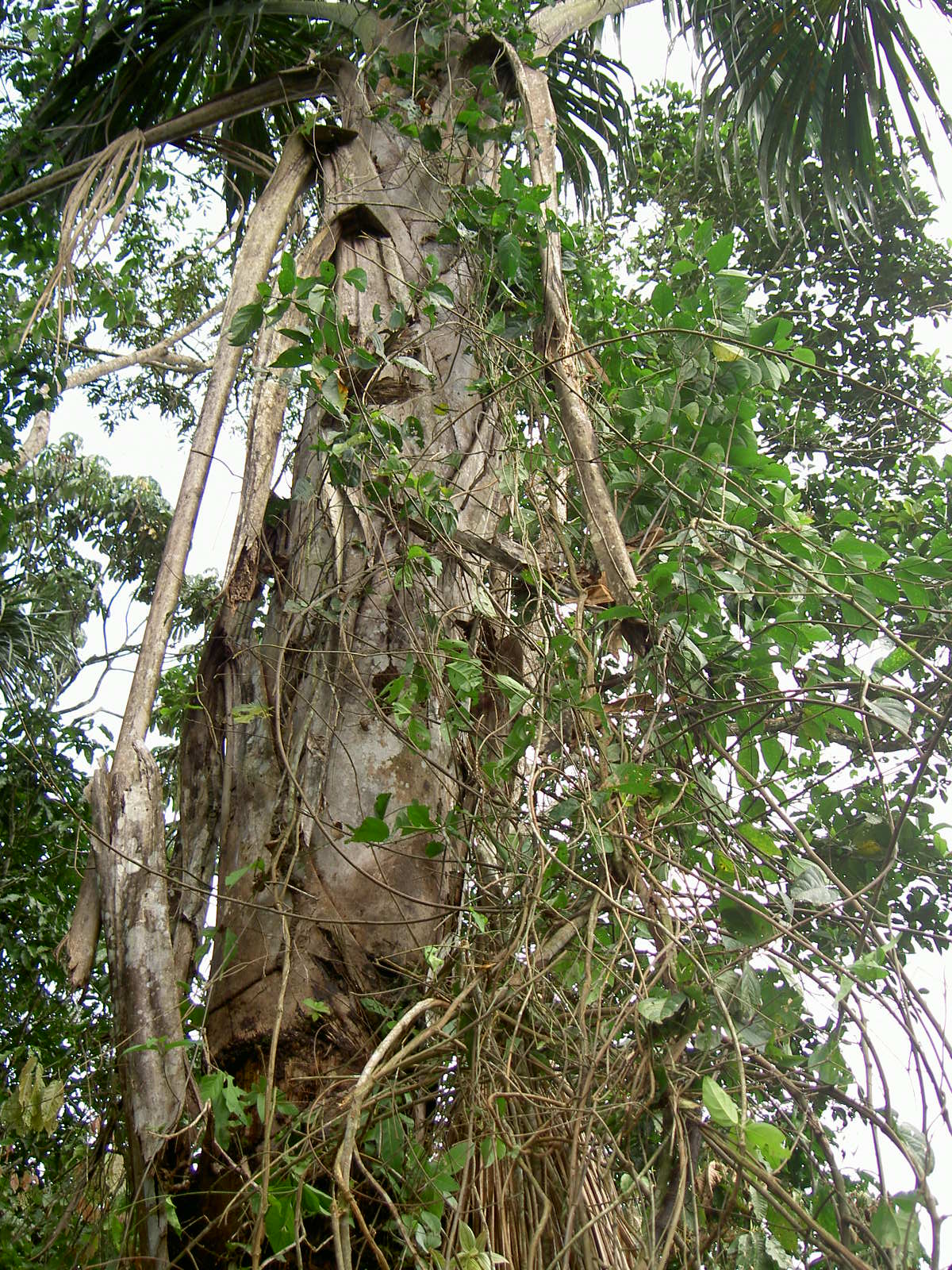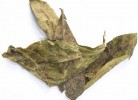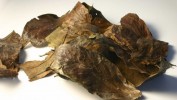Ayahuasca and neuronal regeneration
The World Ayahuasca Conference, began in Ibiza in 2014, and it had a second edition which took place in Rio Branco, Brazil, past October.
This initiative, propelled by the Foundation ICEERS, under the Economic and Social Counsel of ONU, was created with the purpose of studying ayahuasca and its ethnological botanic performances, as it is considered Cultural Heritage and a traditional marker of the native South American people. In the context of globalisation, the meeting intends to protect these practices and understand them, rather than subjecting them to an irrational prosecution. The effects of this plant are notorious in people who suffer from depression, addictions or post traumatic syndrome, but, unfortunately, the penalisation for its consumption and its inclusion in the group “hard drugs”, have slowed down the investigations to learn more about its effects.

Considering these conferences and following reports that include LSD and MDMA in psychological therapies, also in Brazil, a study has been published about the effects ayahuasca. This study, called Harmine stimulates proliferation of human neural progenitors, by Vanja Dakic (Universidad Federal of Río de Janeiro) and Stevens K. Rehen (Institute D'Or for Investigation and Education).
This investigation addresses the effects of harmine, in particular, a beta-carboline present in the decoction of the plant that has shown therapeutic results for depression.
.jpg) Ayahuasca and chacruna (Awkipuma, Wikipedia)
Ayahuasca and chacruna (Awkipuma, Wikipedia)
In a primary stage of the study, it has been analysed how it affects rats, just as Vanja Dakic summarises: “It has been shown, in rodents, that antidepressant medication acts by inducing neurogenesis, so we decided to prove if harmine, an alkaloid which reaches its highest concentration in the decoction of the psychotropic plant ayahuasca, would trigger neurogenesis in neuron human cells”.
Motivated by such results, in a secondary stage, the results were evaluated in humans. After consuming it, humans have shown an increase of 70% in the spreading of neuronal progenitor cells.
Stevens Rehen, author of the work, explains in a more detailed form that “results show that harmine is capable of generating new neuronal human cells, similar to the effects of the classic antidepressant drugs, which are often monitored for its diverse side effects. In addition, the examination that harmine inhibits DYRK1A in neuronal cells, allows us to speculate about future studies to prove its therapeutical role on cognitive deficiencies observed in Down Syndrome and in neurological degenerative diseases”.
Down syndrome, depression, or Alzheimer are diseases that may benefit from the discoveries of this study. However, our knowledge on ayahuasca is still far from complete, so it is prudent to wait for science to shed more light on the plant’s potential. Perhaps, someday, we will assist to its inclusion, as a usual procedure for psychological and neurological therapies and, who knows, in the healing of the diseases of our century.  Shaman of Ecuadorian Amazon, June 2016 (Veton Picq, Wikipedia)
Shaman of Ecuadorian Amazon, June 2016 (Veton Picq, Wikipedia)
In the meanwhile, secret and massive meetings took place for experimenting ayahuasca, which have considerably spread in the past few years, specially in United States, Hollywood and Silicon Valley. These meetings, that go around with meditation activities and dances, among other, are focused on personal development and in the overcoming of diseases and addictions. They incite enthusiasm in all kinds of public: there are many actors and actresses, for example, who have revealed their experiences. Those who are interested in the plant are not willing to wait for scientific discoveries, and prefer to try it supervised by new ayahuasca gurus.
Article of Nina Slick
Translated by Ana Mendes







